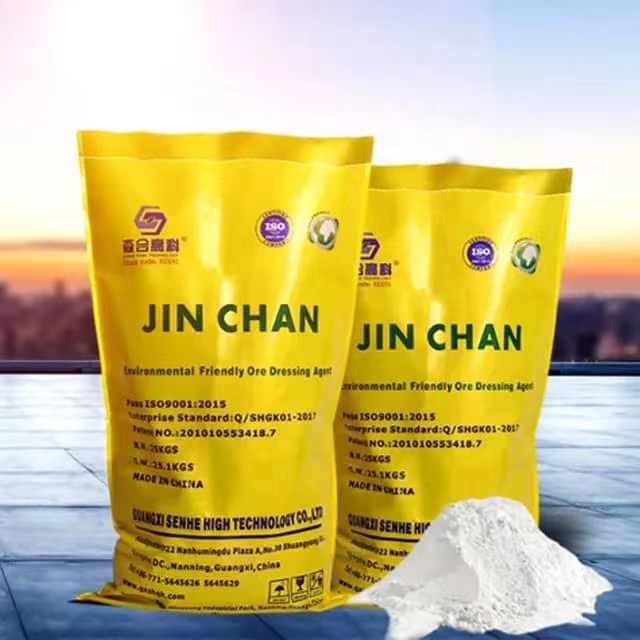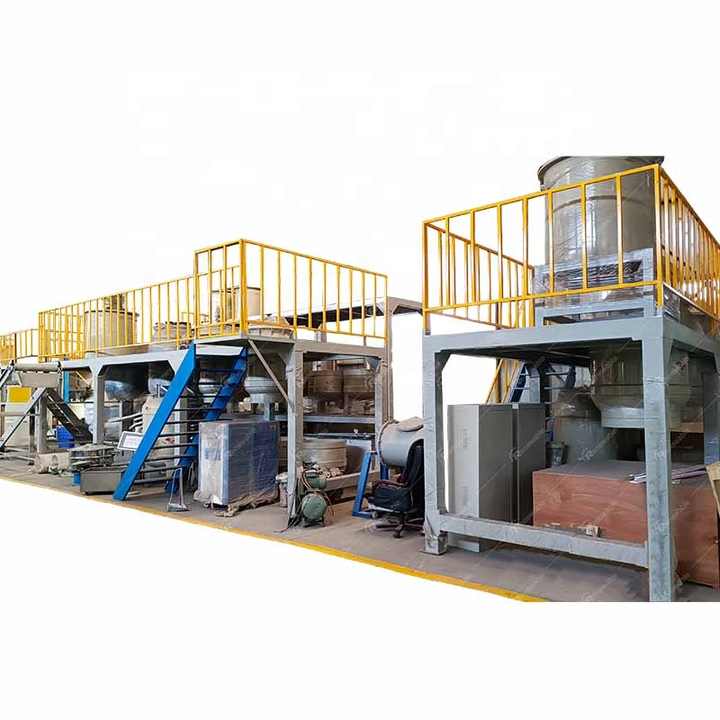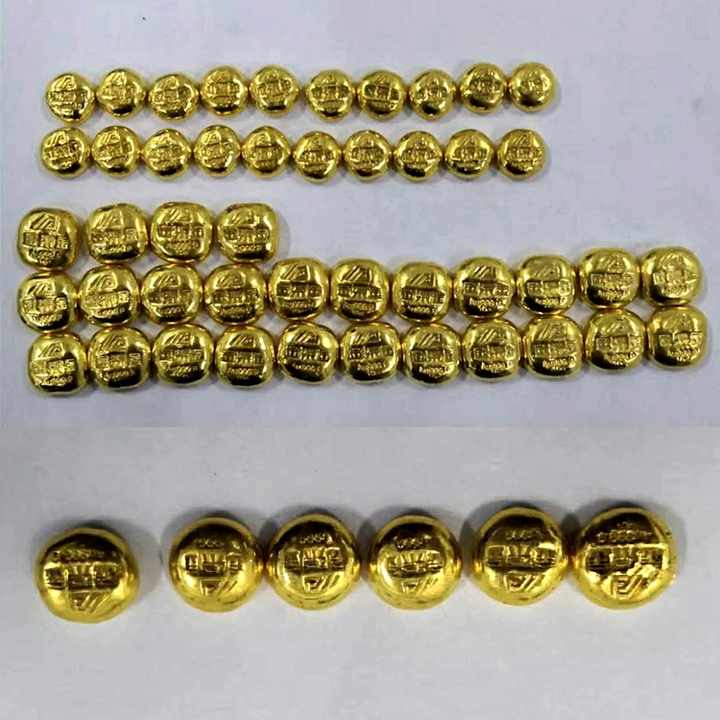gold dust refining process
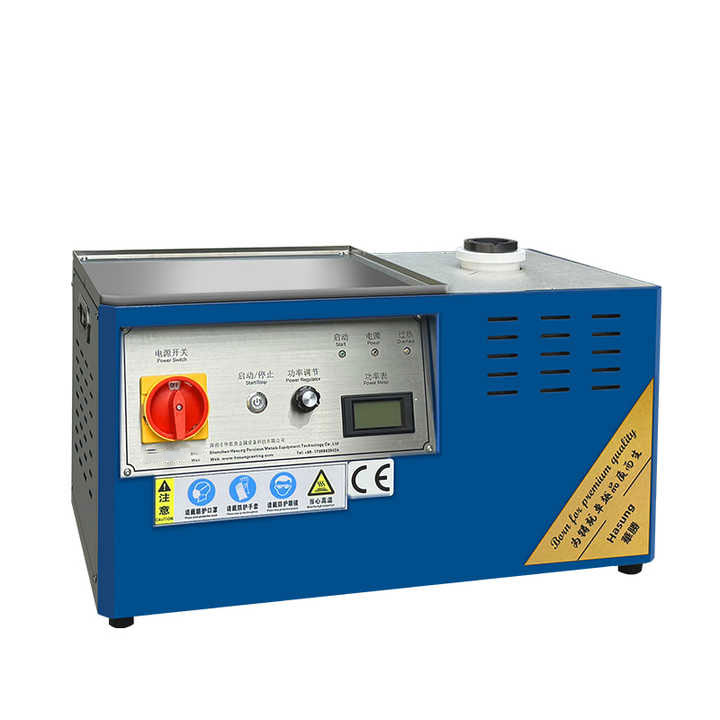
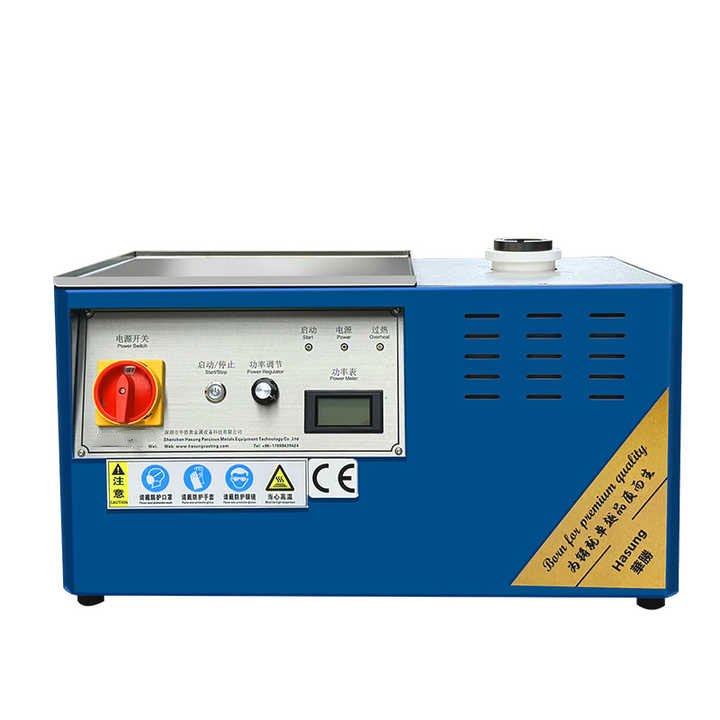
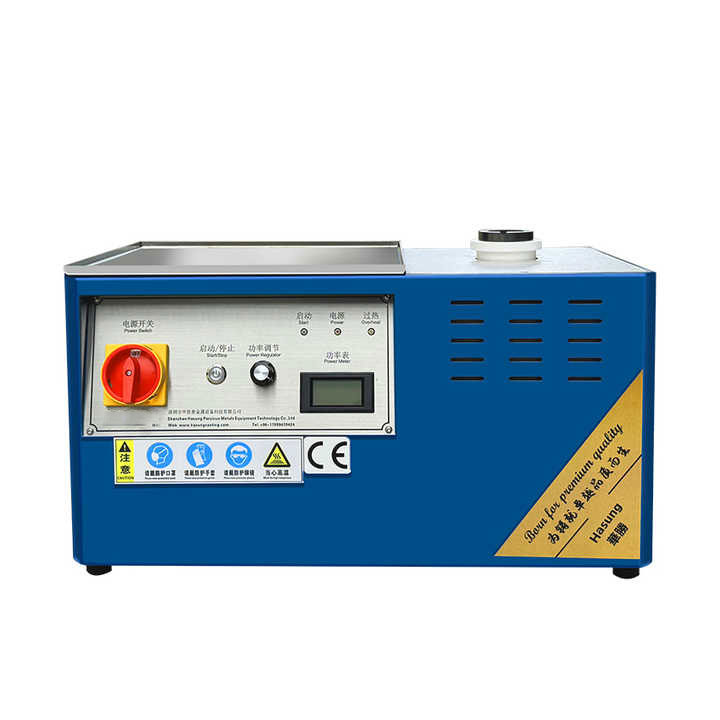
Understanding the Gold Dust Refining Process
Gold dust refining is an essential process for transforming raw gold dust into pure, high-quality gold. This process is crucial in the gold mining industry, where gold dust is often collected from panning, sluicing, or other methods and requires refinement to achieve its full value. The gold dust refining process involves several steps, each aimed at removing impurities and enhancing the purity of the gold. This article provides a comprehensive overview of the gold dust refining process, including the key techniques and methods used to achieve high-purity gold.
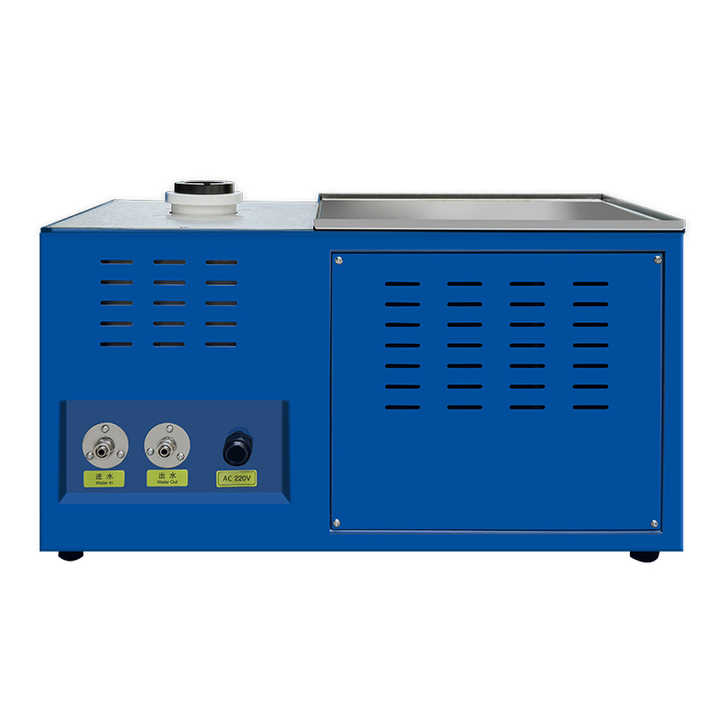
The Importance of Gold Dust Refining
Gold dust, typically collected from placer mining or as a by-product of other gold extraction methods, often contains impurities such as other metals, minerals, and non-metallic elements. Refining gold dust is essential for several reasons:
- Purity: Refining removes impurities, resulting in gold with a higher purity level, often up to 99.99%.
- Value: Pure gold commands a higher market value compared to raw or impure gold dust.
- Applications: High-purity gold can be used for various applications, including jewelry, electronics, and investment.
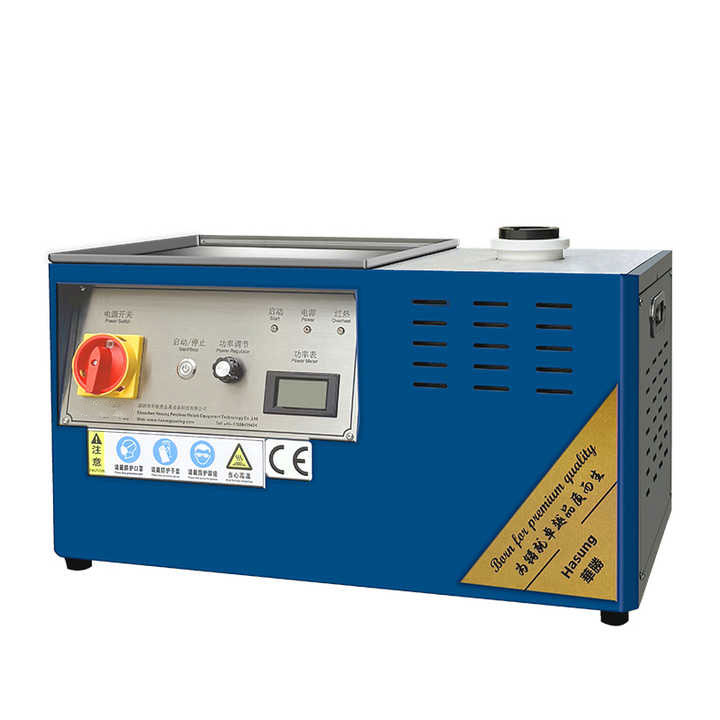
Steps in the Gold Dust Refining Process
1. Concentration and Collection
Before refining, gold dust must be concentrated and collected. This step typically involves:
- Panning: Using a pan to wash away lighter materials and concentrate gold dust.
- Sluicing: Employing a sluice box to separate gold dust from sediment using water and gravity.
- Concentrators: Utilizing specialized equipment to further concentrate gold dust from larger volumes of material.
2. Crushing and Grinding
Once collected, gold dust may need to be crushed and ground to increase its surface area, which facilitates more efficient refining. This process includes:
- Crushing: Breaking down larger pieces of gold-containing material into smaller particles.
- Grinding: Further reducing the size of the particles to increase the effectiveness of the refining process.
3. Chemical Treatment
Chemical treatment is a common method for refining gold dust, involving several techniques:
- Amalgamation: Mixing gold dust with mercury to form an amalgam. The amalgam is then heated to evaporate the mercury, leaving behind purified gold. This method is less common today due to environmental concerns.
- Cyanidation: Dissolving gold dust in a cyanide solution to form a gold-cyanide complex. The gold is then precipitated from the solution using zinc or activated carbon, resulting in high-purity gold.
- Aqua Regia: Using a mixture of hydrochloric and nitric acids to dissolve gold dust. The gold is then precipitated from the solution using reducing agents such as sodium metabisulfite.
4. Electrolytic Refining
Electrolytic refining is a widely used method for achieving high-purity gold. The process involves:
- Dissolution: Dissolving gold dust in a suitable electrolyte solution, often containing gold chloride or gold cyanide.
- Electrolysis: Passing an electric current through the solution to deposit pure gold onto a cathode. Impurities remain in the solution or are deposited elsewhere.
- Recovery: Collecting and melting the deposited gold into bars or other forms.
5. Smelting
Smelting is the final step in the gold dust refining process and involves heating the gold to a high temperature to separate it from any remaining impurities. This process includes:
- Melting: Heating the gold dust in a furnace to melt it into a liquid form.
- Flux Addition: Adding flux materials to the molten gold to help remove impurities.
- Casting: Pouring the molten gold into molds to solidify it into bars or other forms.
Environmental and Safety Considerations
Gold dust refining processes can have environmental and safety impacts, particularly when using chemicals like mercury or cyanide. Key considerations include:
- Waste Management: Proper disposal of chemical waste and residues to minimize environmental contamination.
- Safety Measures: Using protective equipment and procedures to ensure the safety of workers handling hazardous materials.
- Sustainable Practices: Exploring and implementing environmentally friendly refining methods and technologies.
The gold dust refining process is a critical step in transforming raw gold dust into a pure, high-quality product. By employing techniques such as concentration, chemical treatment, electrolytic refining, and smelting, gold dust can be refined to achieve high levels of purity. Understanding these methods and their associated environmental and safety considerations is essential for successful gold dust refining. Whether you’re a small-scale miner or working in a larger refining operation, mastering the gold dust refining process can enhance the value and quality of your gold products.










